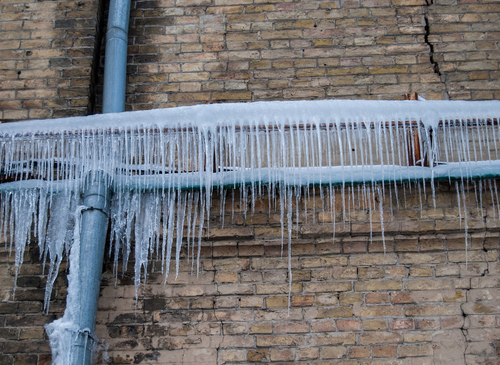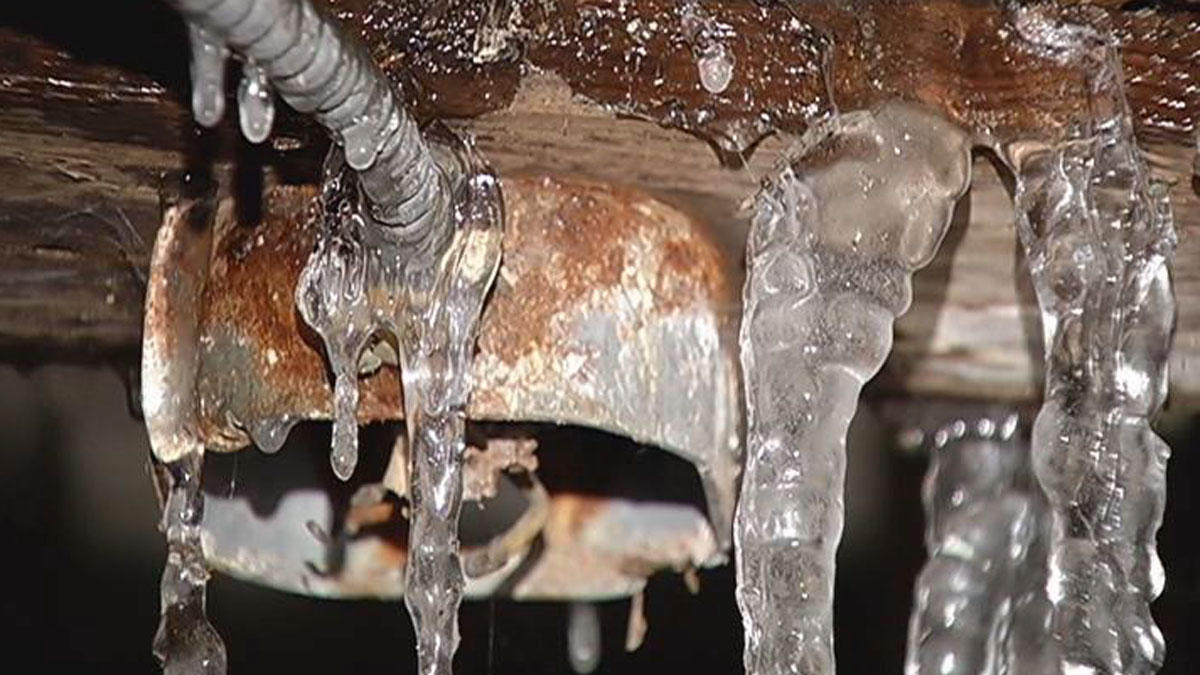Ways to Safeguard Plumbing System from Cold Weather: Critical Strategies
Ways to Safeguard Plumbing System from Cold Weather: Critical Strategies
Blog Article
We have found the article relating to How to prepare your home plumbing for winter weather listed below on the internet and decided it made perfect sense to write about it with you on my blog.

Cold weather can wreak havoc on your pipes, especially by freezing pipes. Below's exactly how to avoid it from occurring and what to do if it does.
Intro
As temperatures drop, the risk of icy pipes increases, possibly resulting in expensive fixings and water damages. Understanding exactly how to avoid icy pipes is crucial for home owners in cool environments.
Avoidance Tips
Insulating vulnerable pipes
Cover pipelines in insulation sleeves or utilize warmth tape to safeguard them from freezing temperatures. Focus on pipes in unheated or outside areas of the home.
Heating techniques
Maintain indoor areas adequately warmed, particularly locations with plumbing. Open up cabinet doors to permit warm air to distribute around pipelines under sinks.
How to determine icy pipes
Search for reduced water circulation from taps, uncommon odors or noises from pipelines, and noticeable frost on revealed pipes.
Long-Term Solutions
Structural modifications
Take into consideration rerouting pipes away from exterior walls or unheated areas. Add added insulation to attics, basements, and crawl spaces.
Upgrading insulation
Buy premium insulation for pipes, attics, and walls. Proper insulation assists maintain constant temperature levels and lowers the threat of frozen pipes.
Safeguarding Outside Pipes
Yard tubes and exterior taps
Disconnect and drain garden hose pipes before winter season. Set up frost-proof faucets or cover exterior taps with shielded caps.
Recognizing Icy Pipes
What creates pipes to freeze?
Pipelines ice up when exposed to temperature levels listed below 32 ° F (0 ° C) for extended periods. As water inside the pipes ices up, it increases, taxing the pipeline walls and potentially triggering them to rupture.
Dangers and problems
Icy pipelines can bring about water supply disruptions, building damages, and costly repair services. Ruptured pipes can flood homes and create considerable architectural damage.
Signs of Frozen Pipes
Recognizing frozen pipes early can stop them from rupturing.
What to Do If Your Pipes Freeze
Immediate activities to take
If you think icy pipes, maintain faucets open to ease stress as the ice thaws. Make use of a hairdryer or towels taken in warm water to thaw pipes slowly.
Conclusion
Stopping frozen pipes requires aggressive procedures and fast feedbacks. By understanding the reasons, signs, and preventive measures, property owners can protect their pipes throughout cold weather.
6 Proven Ways to Prevent Frozen Pipes and Protect Your Home
Disconnect and Drain Garden Hoses
Before winter arrives, start by disconnecting your garden hoses and draining any remaining water. Close the shut-off valves that supply outdoor hose bibs and leave the outdoor faucet open to allow any residual water to drain. For extra protection, consider using faucet covers throughout the colder months. It’s also important to drain water from any sprinkler supply lines following the manufacturer’s directions.
Insulate Exposed Pipes
Insulating your pipes is an effective way to prevent freezing. Pipe insulation is readily available at home improvement stores and is relatively inexpensive. Pay close attention to pipes in unheated areas such as the attic, basement, crawl spaces, or garage. Apply foam insulation generously to create a buffer against the cold. You can also wrap your pipes in heat tape or thermostat-controlled heat cables for added warmth.
Seal Air Leaks
Inspect your home for any cracks or openings that could let in cold air. Seal any holes around the piping in interior or exterior walls, as well as the sill plates where your home rests on its foundation. Additionally, make sure to keep your garage door closed unless you’re entering or exiting. Leaving it open creates a significant air leak that can lead to frozen pipes.
Allow Warm Air Circulation
During cold snaps, it’s essential to allow warm air to circulate evenly throughout your home. Leave interior doors ajar to promote better airflow. Open kitchen and bathroom cabinets to help distribute heat consistently around the rooms. If you have small children or pets, be sure to remove any household chemicals or potentially harmful cleaners from open cabinets for safety.
Let Faucets Drip
A small trickle of water can make a big difference in preventing ice formation inside your pipes. When temperatures drop significantly, start a drip of water from all faucets served by exposed pipes. This continuous flow helps prevent the water from freezing. Additionally, running a few faucets slightly can relieve pressure inside the pipes, reducing the chances of a rupture if the water inside does freeze.
https://choateshvac.com/6-proven-ways-to-prevent-frozen-pipes-and-protect-your-home/

Do you really like reading up on How to Prevent Your Pipes From Freezing? Try leaving a short review down below. We will be happy to see your feelings about this review. We hope that you visit us again later on. If you please pause to distribute this blog entry if you liked it. Thank you for your time. Revisit us soon.
Request Service Report this page